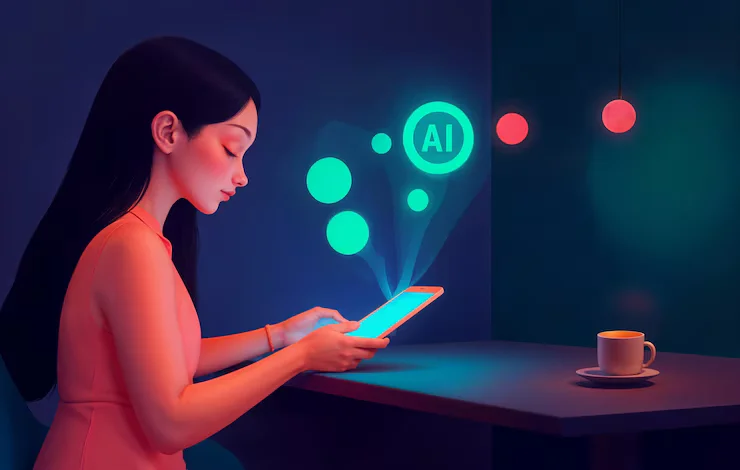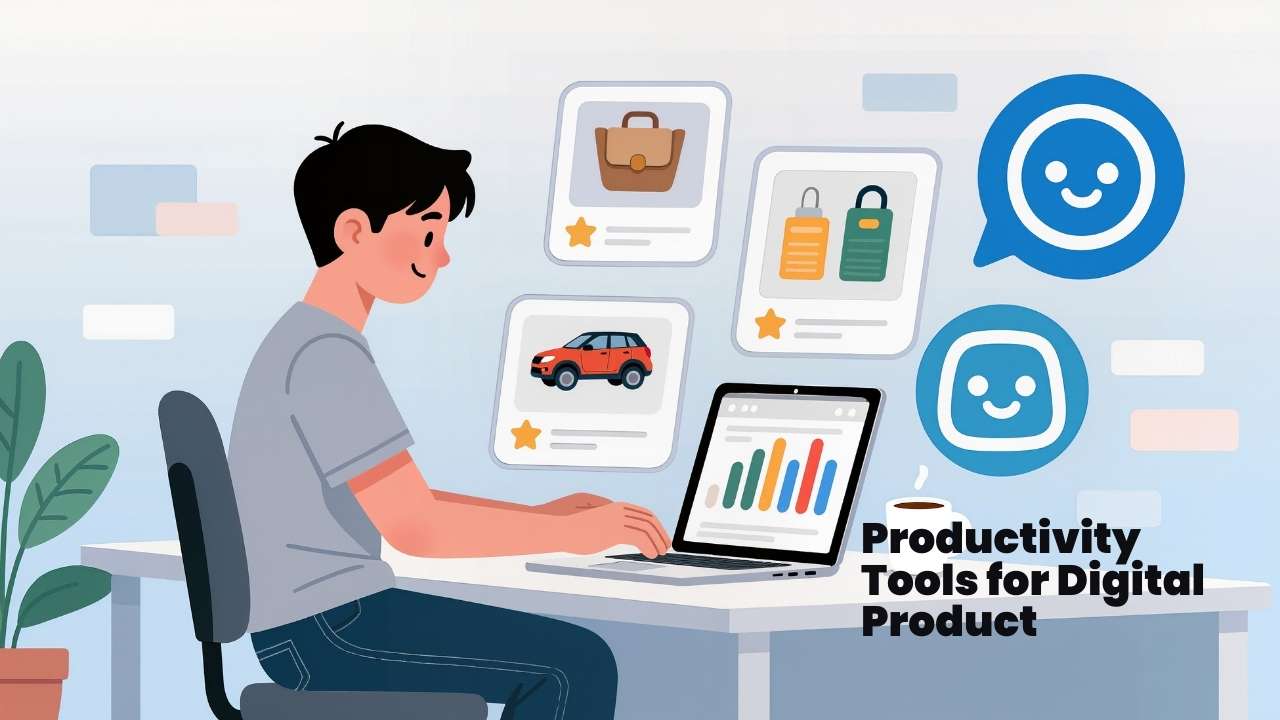Customer support is not what it used to be, and that’s a good thing. Convenience is top-tier–no one wants to wait on hold, repeat their issue to three different agents, or get generic replies that solve nothing.
This is why businesses are prioritizing AI-powered chatbots to revolutionize how they connect with customers. Powered by advanced AI server architecture, today’s chatbots understand and handle everything from simple inquiries to complex supplies tasks.
But since this shift is about creating smarter, more human-like interactions, how exactly are AI chatbots changing the game? Also, what does the future of customer support really look like? This article breaks that down for you.
How AI-Powered Chatbots Are Redefining Customer Support
Customer support has long been a pain point for both businesses and consumers. Long wait times, repetitive conversations, and inconsistent answers—all these frustrations are too familiar. Fortunately, modern customer support software is helping companies overcome these challenges by streamlining communication and improving response quality.
We covered seven different ways AI chatbots are improving customer support:
1. Smart Conversations

Traditional chatbots operated on canned responses. They could answer basic questions like “Where is my order?” or “What’s your business hours?” However, they struggled when customers deviated from the script.
Modern AI-powered chatbots, on the contrary, learn from every interaction. Thanks to natural language processing (NLP), they understand the context, detect the tone, and handle open-ended conversations with surprising fluency. It feels less like talking to a machine and more like chatting with a well-trained support representative.
2. 24/7 Availability
Customers expect support anytime, anywhere—even at 2 a.m. on a holiday weekend. AI chatbots don’t sleep, take breaks, or call in sick.
They can handle thousands of conversations simultaneously across time zones. For businesses, this means:
- a global presence, even for small companies
- reduced dependency on large human support teams
- significant cost savings on night shifts or international staff
And for customers? It means no more long waiting times.
3. Faster Responses

Speed is everything. Research shows that 69% of consumers prefer chatbots for quick communication with brands. Whether it’s tracking an order, updating account details, or troubleshooting a device, customers want solutions now, not in “1-2 business days.”
AI chatbots provide instant answers to most of the common queries. Even complex questions can be addressed with confidence if the bot has access to a well-structured knowledge base.
And when bots can’t help? They route the conversation to the right human agent. That seamless handoff makes the experience even smoother.
4. Scalability
Let’s assume your product went viral. Your teams will get overwhelmed, response times will skyrocket, and customers will become frustrated.
Having an AI chatbot trained on your product FAQs, customer behavior data, and knowledge base can really help your support team. That’s exactly the usefulness of modern AI server architecture. It can scale to handle thousands of chats at once.
5. Personalized Customer Interactions
A big misconception about chatbots is that they are impersonal. Interestingly, AI-driven bots actually make personalization easier. They can pull data from your CRM, support logs, purchase history and real-time web activity.
So, instead of a generic “How may I help you?”, customers get, “Hi Jane! I see you recently purchased our smart thermostat. Need help setting it up?” That’s next-level personalization that builds loyalty.
6. Quality Data
Every chatbot conversation is well-packed with data. By analyzing chat logs, sentiment trends, and customer feedback, you can:
- spot recurring issues that need fixing
- measure customer satisfaction in real time
- identify product pain points or feature requests
- improve support workflows and documentation
Some advanced bots even generate live analytics dashboards for customer service managers. This makes it easier to spot issues and act fast.
7. ROI-Driven Support
Yes, AI chatbots require investment in development, training, and integration. But the ROI is compelling. You get to enjoy:
- reduced staffing costs
- lower support resolution time
- 24/7 service without overtime pay
- higher customer satisfaction and retention
- improved upselling through smart product suggestions
Many companies report a 30-50% drop in support costs after adopting AI chatbots. For startups and enterprises alike, that’s a strategic win.
The Future of Customer Support Is AI-Driven
This guide has made it easier to understand that customer support is not a back-office function. It is a differentiator and AI-powered chatbots are becoming the go-to solutions.
Thanks to advancements in AI server architecture, natural language processing, and machine learning, these bots are more customer-centric than ever before. Are human agents still essential? Absolutely. But with AI, you can:
- reduce dependency on large human support teams,
- improved upselling through smart product suggestions, and
- handle repetitive tasks to deliver the type of service that builds brand loyalty and drives growth.



